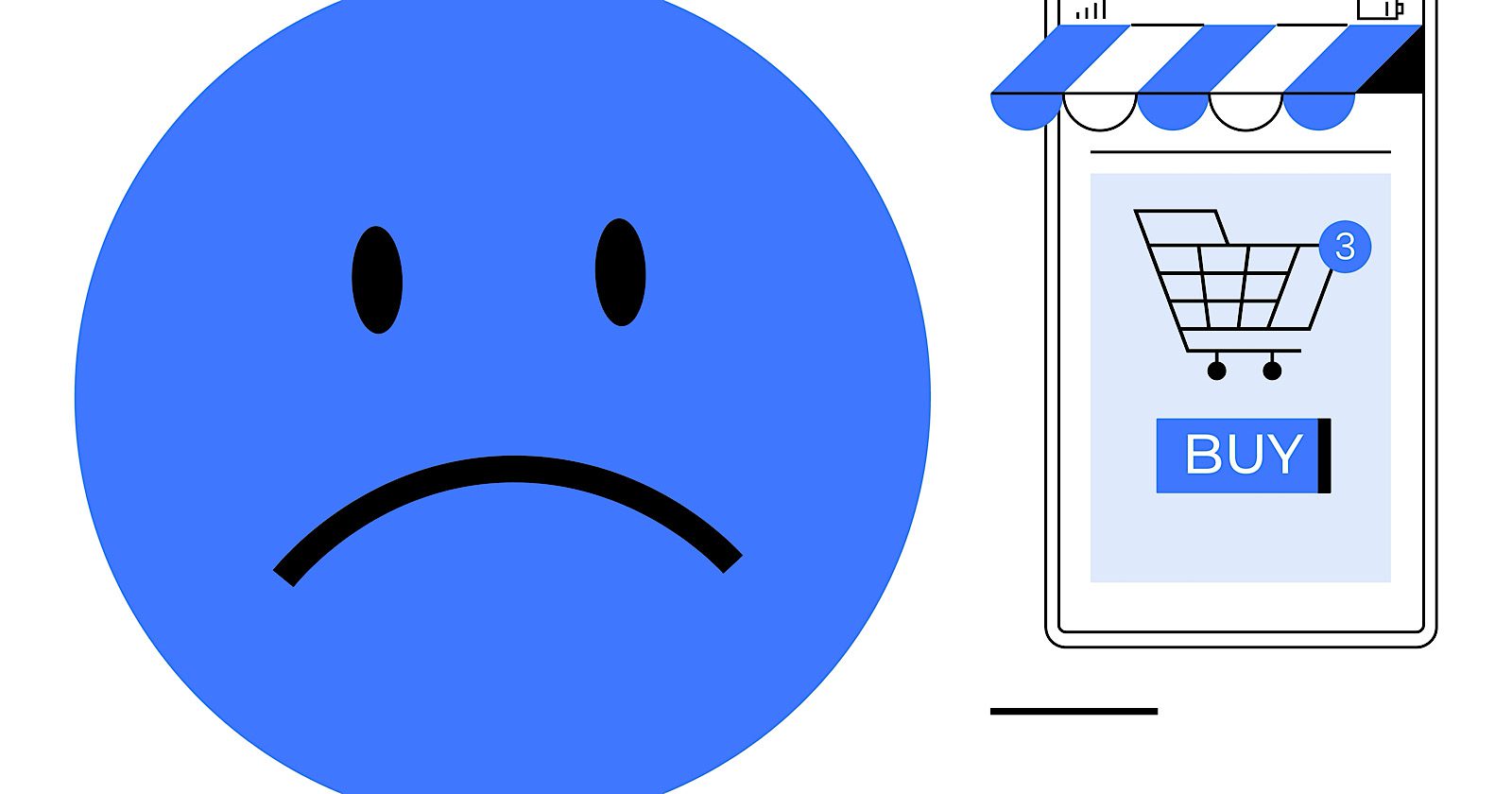In a recent interview, Matt Mullenweg referenced three scandals and controversies from his past that have been long forgotten to show how it’s possible that the WP Engine scandal will also be forgotten. One of the examples he cited, the Hot Nacho Scandal, led Google to ban WordPress.org, caused Mullenweg to be rebuked by influential tech leaders, and resulted in his shaming in the mainstream media.
The Hot Nacho Scandal, named for a software company called Hot Nacho, was an intense event for Matt Mullenweg that shows what he endured in the past and may help explain his attitude toward the WP Engine scandal today.
Matt Recalls Three Forgotten Controversies
In a part of the interview where Matt downplays the current WP Engine (WPE) dispute he cited three scandals and controversies from the past ten to twenty years to show how he’s made mistakes and also how he has not shied away from an aggressive attention-getting defense of the WordPress open source project and yet with time it’s mostly been forgotten. He cited three controversies as examples of how the WP Engine controversy can also be forgotten with time, perhaps giving an insight into Matt’s thinking about it.
He cited three incidents:
1. The 2005 Hot Nacho Scandal
2. The 2007 Easter Theme Massacre
3. The Chris Pearson Thesis Conflict
The Thesis controversy is relatively recent but the other two go back almost two decades. The Hot Nacho incident was intense not unlike the situation Mullenweg finds himself to day with WP Engine and may explain where he gets his strength to carry on in the fight with WP Engine.
Matt said:
“You know, some of these previous controversies that got mainstream media coverage, you know CNN, I had this Hot Nacho scandal in the first couple years of WordPress or the Thesis fight or the Easter Massacre of themes, like all these things I’m mentioning you probably haven’t heard of.
It used to be like half my Wikipedia page, now it’s not. Today if you go to my Wikipedia page, their PR firm has a whole paragraph about this. I think in 5 years maybe it’ll be a sentence or not even on there at all.
So it’s not my first rodeo. Sometimes you have to fight to protect your open source ideals and the community and and your trademark. “
The Hot Nacho Scandal
The Hot Nacho scandal is named after an SEO software company that paid Matt Mullenweg to host web pages on WordPress.org, which resulted in Google banning the WordPress.org website.
Mullenweg was still working at CNET at the time and working on WordPress on the side when the scandal broke. The news was featured in publications such as Ars Technica, eWeek, MSNBC, Slashdot, and The Register.
A March 31, 2005 article published in The Register featured the lurid article title, “Blog star ‘fesses up to payola spam scam” and describes the shocking transaction that Mullenweg arranged with an SEO software company:
“Matt Mullenweg, founder of the popular open source weblog software WordPress, and CNET employee, has admitted to gaming the web’s search engines by hosting tens of thousands of “articles” that contain hidden, paid-for keywords.
Mullenweg hosted at least 160,000 pieces of “content” on his site wordpress.org which use a cloaking technique to hide keywords such as “asbestos”, “debit consolidation” and “mortgages”. Mullenweg was paid a flat fee by Hot Nacho Inc., which creates software for search engine gamers to use.”
Rebuked By Jason Kottke
Jason Kottke is a widely respected blogger who is known as a pioneer of independent publishing. So it must have been disappointing to Matt Mullenweg to be the recipient of harsh criticism from someone like Kottke, who wrote:
“WordPress is using its high Page Rank to game Google AdWords. This stinks like last week’s fish. Is WordPress and wordpress.org an open source project like we’ve all been told or is it a company? Either way, contributing to spam noise on the web is annoying.”
Hot Nacho Explains His Side
The founder of the Hot Nacho company explained that they were developing an SEO writing software and wanted to test it on WordPress.org. Matt agreed to accept payment to host the articles, cloaking the links to them so site visitors wouldn’t see them. It wasn’t sophisticated cloaking either. Mullenweg simply used CSS to push the links off-screen.
The Hot Nacho founder published an explanation and begged the world to not harshly judge Mullenweg:
“For my part, I invariably place some advertising on such pages because I’m also not corporate sponsored… It was a blunder that Matt used invisible links to connect to the Articles collection. It wasn’t necessary and I’m sure he regrets having done it that way. But please cut the guy some slack. …Sure, it was a mistake, but it was motivated by the fact that he’s a really good guy.”
Matt Mullenweg himself wrote:
“Knowing what I knew then, I would probably make the same decision; knowing what I know now I wouldn’t even consider it. Not thinking through all the ramifications was a big mistake. So was not having more community dialog from the beginning, which would have caught this earlier. I am extremely sorry for both, and it won’t happen again.”
The upside to the Hot Nacho Scandal was that WordPress received more donations in four days than it had in the previous entire year.
Transformative Event
The Hot Nacho Scandal may have been a formative experience for a young Mullenweg. It exposed him to intense criticism, rebuke and anonymous threats. According to Mullenweg at the time, he said that what others say doesn’t matter as much as what you do and acknowledged that he was developing a thicker skin.
Understanding what the Hot Nacho Scandal was helps put some context to how Mullenweg is approaching the WP Engine Conflict today.

















